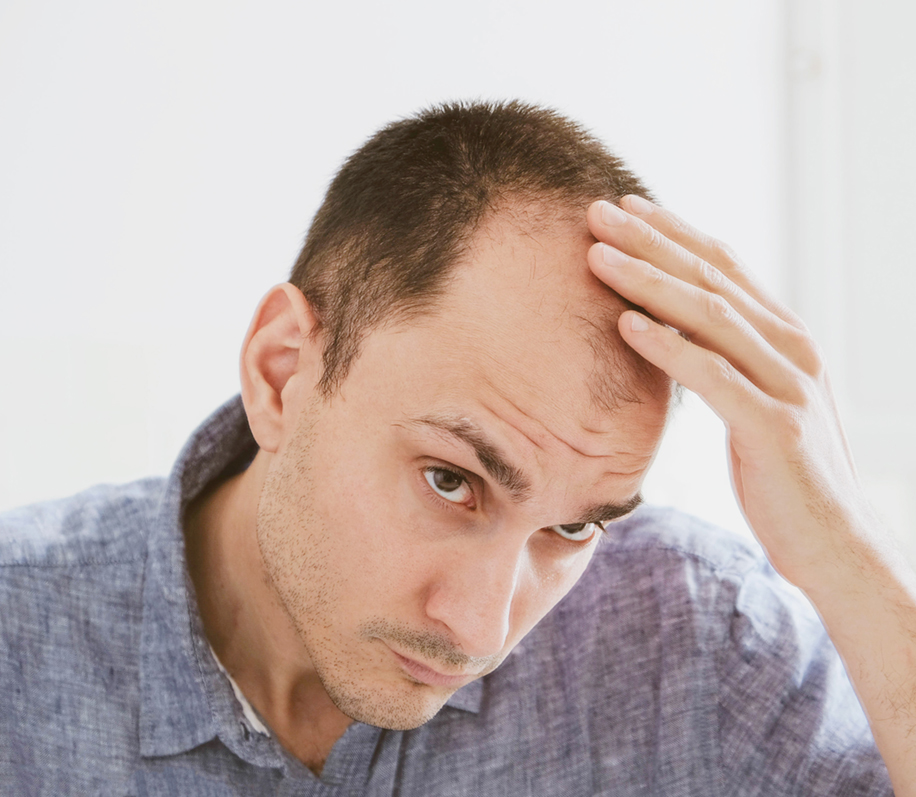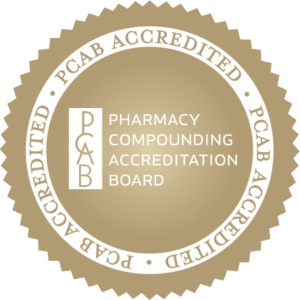Hair loss, particularly androgenic alopecia, affects both men and women, often causing emotional distress and impacting self-esteem. While the market offers numerous mass produced, commercial options for hair growth, compounding pharmacies like Health Dimensions Clinical Pharmacy offer a unique approach to addressing this challenge. In this blog, we’ll delve into androgenic alopecia, commonly referred to as male and female pattern baldness, and how compounding pharmacies play a crucial role in providing hair growth solutions.
Understanding Androgenic Alopecia
Androgenic alopecia is the most common form of hair loss, affecting millions worldwide. It’s a hereditary condition that causes hair follicles to shrink over time, resulting in shorter and finer hair until eventually, they stop producing hair altogether.
In men, it often leads to a receding hairline and baldness on the crown, while women may experience thinning hair along the part.

Compounding Pharmacy’s Unique Role in Addressing Hair Loss
- Customized Formulations: One size doesn’t fit all when it comes to addressing androgenic alopecia. Compounding pharmacies have the ability to customize formulations to cater to individual needs. This personalization allows for the adjustment of active ingredients, concentrations, and delivery methods.
- Topical Solutions: Compounding pharmacists can create topical solutions containing hair growth stimulants, such as minoxidil, levocetirizine, finasteride, and even caffeine. By combining these ingredients in a personalized formulation, patients can apply the solution directly to their scalps, targeting the root of the problem and promoting hair growth.
- Oral Supplements: Compounding pharmacies like HDRX can also offer expert oral supplement recommendations that support hair health from within. Nutrient deficiencies can exacerbate hair loss, and our pharmacists know the supplements with vitamins, minerals, and amino acids tailored to address these deficiencies and encourage healthy hair growth.
- Combined Therapies: Compounded formulations can combine with supplements for a multifaceted approach to tackling hair loss. This comprehensive approach targets different factors contributing to androgenic alopecia for improved results.
Three HDRX Formulas for Alopecia
Androgenic Alopecia
- #1 Minoxidil, Caffeine, Levocetirizine Solution, 60 ml
Apply up to 1 ml to the scalp twice daily. Rub.
For advanced medication, add to the above solution:
#2 Spironolactone, Progesterone, Retinoic Solution, 30 ml
Wet scalp, apply up to 1 ml in the AM.
- #3 Finasteride Solution, 30 ml
Apply 1 ml to the scalp twice weekly.
Michigan practitioners: Connect with our pharmacy to provide your patients with personalized options. Ask a pharmacist a question or discuss a challenging case. We’ll let you know what your peers are prescribing, and getting results.
Personalization and Results
The strength of a compounding pharmacy lies in its ability to provide personalized solutions. No two cases of androgenic alopecia are identical, and compounding pharmacies understand the importance of tailoring medications and supplement recommendations to each patient’s specific needs. This allows patients to be comfortable and confident in their hair regrowth journey.
Collaborating with Medical Professionals

Collaboration between compounding pharmacies and medical professionals is essential. Dermatologists, trichologists, and other healthcare providers play a pivotal role in diagnosing and guiding medication plans for androgenic alopecia.
Compounding pharmacists collaborate closely with these professionals to create formulations that align with the practitioner’s recommendations and the patient’s diagnosis.
Here to Help
Androgenic alopecia is a common concern that affects both men and women. Compounding pharmacies like HDRX offer a novel approach to hair growth solutions, emphasizing personalization, collaboration, and comprehensive therapies.
By harnessing the power of compounded formulations, individuals dealing with androgenic alopecia can regain their confidence and achieve healthier, fuller hair.
Consultation with a healthcare provider is crucial to identify the underlying causes of hair loss and determine the most suitable plan. Working hand-in-hand with a compounding pharmacy opens the door to tailored solutions that work in harmony with each patient’s unique needs, making the journey towards healthier hair a reality.
References:
- Blume-Peytavi, U., Lönnfors, S., Hillmann, K., Garcia Bartels, N., & Auffarth, G. U. (2010). A randomized double-blind placebo-controlled pilot study to assess the efficacy of a 24-week topical treatment by latanoprost 0.1% on hair growth and pigmentation in healthy volunteers with androgenetic alopecia. Journal of the American Academy of Dermatology, 62(2), 202–209.
- Kaufman, K. D., Olsen, E. A., Whiting, D., Savin, R., DeVillez, R., Bergfeld, W., … & Price, V. H. (1998). Finasteride in the treatment of men with androgenetic alopecia. Journal of the American Academy of Dermatology, 39(4), 578–589.
- Lee, S. H., Lee, S. Y., & Youm, Y. H. (2013). Topical 5% minoxidil with microneedling as a novel treatment for androgenetic alopecia. Dermatologic Surgery, 39(5), 1–8.
- Messenger, A. G., & Rundegren, J. (2004). Minoxidil: mechanisms of action on hair growth. British Journal of Dermatology, 150(2), 186–194.
- Patel, D. P., Swink, S. M., & Castelo‐Soccio, L. (2017). A review of the use of biotin for hair loss. Skin Appendage Disorders, 3(3), 166–169
- Ring, C., Heitmiller, K., Correia, E., Gabriel, Z., & Saedi, N. (2022). Nutraceuticals for Androgenetic Alopecia. The Journal of clinical and aesthetic dermatology, 15(3), 26–29.
- Rossi, A., Cantisani, C., Melis, L., Iorio, A., Scali, E., Calvieri, S., & Carlesimo, M. (2010). Minoxidil use in dermatology, side effects and recent patents. Recent patents on inflammation & allergy drug discovery, 4(2), 153–164.
- Sehgal, V. N., & Kak, R. (2009). Combination of oral azithromycin pulse with topical betamethasone dipropionate and calcipotriol for the treatment of alopecia areata of eyelashes and eyebrows: a new paradigm. International journal of dermatology, 48(8), 832–835.
- Trüeb, R. M. (2016). Serum biotin levels in women complaining of hair loss. International journal of trichology, 8(2), 73–77.











